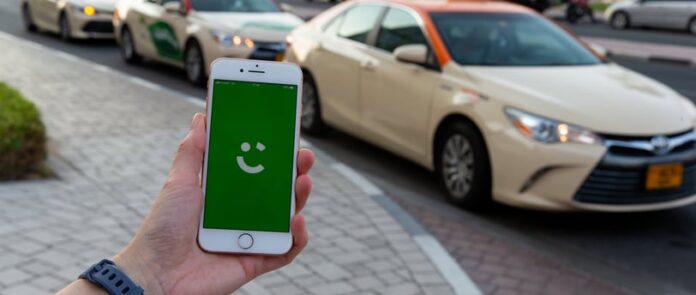
In 1985, the Dubai government founded Emirates as a company that initially operated with only two aircraft. However, over the years, it has grown to become one of the largest airlines in the Middle East, serving 153 airports across 80 countries from its hub in Dubai, UAE. In the early 1990s, Emirates became part of the world’s fastest-growing airline industry, and it now boasts one of the largest cabin crew numbers.
Emirates has earned a strong brand value and reputation thanks to its exceptional service and high-quality travel experience. Given its esteemed brand status, Emirates is a suitable partner for other brands that hold similar positions. For example, when promoting its Wi-Fi service on flights, Emirates chose to collaborate with Apple, a company that is also beloved and valued by many people.
The Target Segment
Emirates employs a conventional approach to customer segmentation. The airline divides its customers into two primary categories: business travelers and price-sensitive travelers. Additionally, Emirates segments its customers based on their loyalty to the brand. Apart from these conventional methods, Emirates also employs psychographic segmentation to divide its customers based on their interests, lifestyles, behaviors, attitudes, and opinions.
The Target Market
Emirates targets upper-class and upper-middle-class travelers, as well as value-seeking passengers who prioritize a comfortable flying experience over price. The airline also caters to non-price-sensitive fliers who seek a luxurious and comfortable travel experience.
Marketing Mix of Emirates
Product Strategy
Emirates boasts a fleet of brand-new aircraft, including the Airbus A380s and Boeing 777s. The airline offers three different classes of service to its customers: Diamond First Class, Pearl Business Class, and Coral Economy Class.
Diamond First Class is the epitome of luxury and extravagance, offering customers everything they could dream of, including comfortable seats that convert into a bed, an in-seat mini-bar, chauffeur service, a Bulgari amenities kit, and private suites. Pearl Business Class is designed specifically for business executives, providing them with private sections for enhanced privacy, USB ports and sockets, massage functions, and winged headrests.
Coral Economy Class is for budget-conscious travelers seeking affordable travel options. The seats are standard size, and the amenities include internet access, entertainment options, and headrests. Furthermore, 70% of Emirates’ aircraft are equipped with Wi-Fi. The airline was also the first to introduce features such as in-flight entertainment screens in all classes, private suites, and showers.
Overall, Emirates has effectively tailored its services to meet the diverse needs of its customers, providing them with the best possible products and services.
Place Strategy
Emirates currently operates an impressive 3,500 flights per week, boasting a global network that spans six continents, 80 countries, and 153 destinations from its hub in Dubai, UAE. The airline also operates the world’s longest non-stop flight from Dubai to Auckland. Emirates strategically leverages its hub location to position itself as a global transportation leader, offering customers both long-haul and short-haul flights that are highly beneficial to both customers and the company.
Customers can book Emirates tickets through travel agents or tour operators, as well as directly through the airline’s website. Emirates’ distribution strategy includes an easy-to-use website that allows customers to book and cancel flights, and access information on prices, available discounts, and packages.
Pricing Strategy
Dubai’s strategic location as a major link between the East and West has greatly benefited the Emirates. The airline is able to offer customers short-haul flights without layovers, allowing them to arrive at their destination more quickly and at a more reasonable cost compared to other flights. Emirates’ direct flight offerings enable the airline to maintain an effective pricing policy.
Emirates has adopted a premium pricing policy, charging a higher price for customers who seek luxurious services compared to other airlines. However, Emirates’ pricing policy is diversified and takes into account factors such as cabin class and the seasonality of flights and holidays. The airline does not rely on a single pricing strategy but rather uses various pricing strategies to provide the best value to its customers.
Promotion Strategy
Emirates employs a variety of promotion strategies, including advertising, social media, sponsorship, events and exhibitions, public relations, and digital marketing. The airline also offers discounts on flight tickets during off-seasons. Emirates has sponsored numerous events, including the ICC World Cup in 2011 and 2015, and is the official sponsor of the football club Arsenal. The airline’s tagline, “Hello, Tomorrow,” aims to inspire people with the unlimited potential of the future. The word “hello” serves as an invitation to people to experience the brand.
Additionally, Emirates operates a non-profit entity called the Emirates Airline Foundation, which provides aid to countries during difficult times such as natural disasters or tragedies. Through these various initiatives, Emirates has effectively promoted its brand across different platforms and locations.
These Marketing Strategies are what make Emirates one of the most successful airlines in the world.

